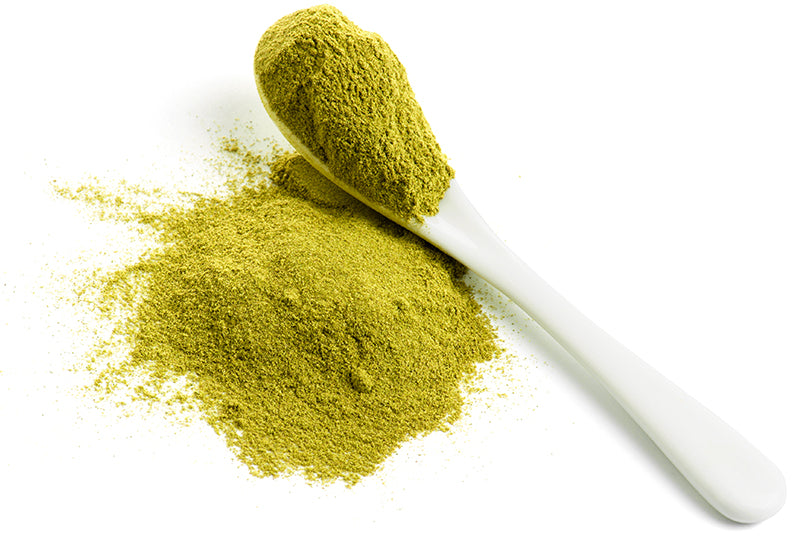
About us

About us
In 2014 we decided to seek out elements for the most basic natural hair care regimen available. During this quest, we discovered ancient uses of herbs and plant products indigenous to India and the Near East. We are fortunate to have learned how much one can improve hair color, health, strength and beauty by simply skipping chemical treatments often found in commercial hair dye. By avoiding conventional hair coloring products, and with consistent use of henna, amla, indigo and other plant-based preparations you can strengthen and beautify your hair. We are excited to bring these raw building blocks of beauty to you.
Why henna?
Henna is a product when left in its pure form gives you a completely natural alternative to commercial hair dyes. Commercial hair dyes have many compounds that some research has found to be a risk to health. Cancer.gov provides a lot of information about health risks attributed to prolonged use of commercial hair dyes. So henna is perfect for those like pregnant women or people with chemical sensitivities wishing to reduce the risk of off-the-shelf commercial products allergic reactions. Avoiding the absorption of chemicals through the scalp is just one of the benefits of using herbs such as henna to color your hair. Applying the thick mixture of henna paste to the hair on a regular basis strengthens the hair shaft and increases body; giving a thicker appearance to hair. And because the tannin molecules in the henna helps fill in the pores of the hair, henna-ed hair seems to almost sparkle because the porosity of the hair is reduced; the “filled in” hair shaft increases this reflective characteristic that gives henna-ed hair that special shine. Although pure henna produces a red dye, other herbs such as indigo can balance the bright red dye to variations of chestnut brown to darkest brown/black. Experimenting with other natural additions to your henna mix like brewed coffee can also produce various hues of brown and auburn.

How henna works
If you have ever colored an egg, stained furniture or made a tie-dyed t-shirt, you have experienced the amazing transformation color can produce . Much of shopping for hair coloring these days is already done for you. You look at a manufacturer’s swatch sample and find the closest match to your desired hair color, and bingo! Your transformation is complete. Or you have a super talented hair dresser whose ability to mix hair color is wizardry.You enter the salon looking one way and leave transformed after a few hours. Henna experts explain that henna is a stain as opposed to a dye. What’s the difference? Well, commercial hair bleaches and dyes consist of oxidizing agents such as potassium and ammonium persulphates, or hydrogen peroxide, ammonia as an alkalizing agent, and a color that deposits once the bleaching agent has removed the natural hair color. Before any permanent commercial color can penetrate the hair shaft, the cuticle, or outer layer, must be opened by the peroxide and ammonia so that color chemicals can get in to the natural pigment molecules.Henna, on the other hand, coats the hair shaft and deepens in color the longer (4+ hours) you leave on your hair just as a stain would normally react. It is important to know however there are many warnings not to use henna on hair that has been previously chemically processed, as this can cause severe damage. Likewise applying hair dye on hair which has been dyed with henna will not produce the color results you expect.

How I Started with Henna
The love of nature and maintaining a natural lifestyle has always been an interest of mine. From early family camping trips as a kid, and my grandmother’s obsession with fresh food [often driving hours to find a rumored roadside produce or honey vendor], I was consistently made aware about the need for purity in food, hygiene products and household cleaners, and maintaining that purity the best I could. All of that was fine with me for the first half of my life. After reaching my late 40s, I noticed those first few gray hairs slowly multiply into hundreds however. I knew there was only one choice for me: turning gray. I examined those “health-store” hair dyes and their contents but knew it was still too toxic a mix to put on the biggest sponge on my body: my scalp. Many people don’t realize how much your scalp can absorb, and we know that “stuff” you put on your hair can enter your bloodstream. Just take a handful of coconut oil and rub it into your scalp and you will see it all get absorbed! I knew about henna but my first thought was to avoid any unpleasant orange color at all costs. But after some research I learned henna was an option for me. Ancient and current practices of mixing and applying henna is well-documented online and is still in practice. My solution to recreating dark brown hair: mixing henna and indigo, of course! Red and blue equals brown and it worked! I matched my color and the rest was history. I learned a long time ago we deserve to protect our health the best we can; nature gives us these gifts. That is something my grandmother was willing to drive over 100 miles for. I love that nature provided me this solution. I want to share that solution for beautiful hair with you and impart you with your own "botanical crown."
